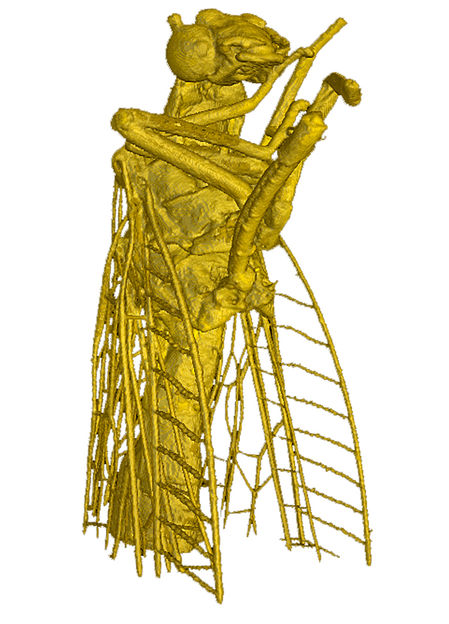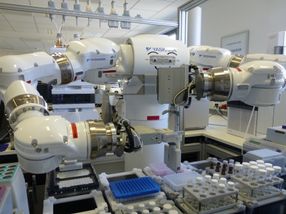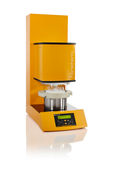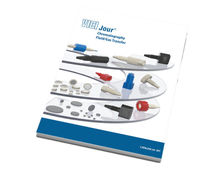New technology makes 3-D imaging quicker, easier
Possible applications of technology widespread
Technology invented by scientists from The Johns Hopkins University and Ben-Gurion University of the Negev can make three-dimensional imaging quicker, easier, less expensive and more accurate, the researchers said. This new technology, dubbed FINCH, for Fresnel incoherent correlation holography, could have implications in medical applications such as endoscopy, ophthalmology, CT scanning, X-ray imaging and ultrasounds, co-inventor Gary Brooker said. It may also be applicable to homeland security screening, 3-D photography and 3-D video, he said. A report presenting the first demonstration of this technology - with a 3-D microscope called a FINCHSCOPE - will appear in "Nature Photonics" .
"Normally, 3-D imaging requires taking multiple images on multiple planes and then reconstructing the images," said Brooker, director of the Johns Hopkins University Microscopy Center on the university's Montgomery County Campus.
"This is a slow process that is restricted to microscope objectives that have less than optimal resolving power," said Brooker, a research professor of chemistry in Krieger School of Arts and Sciences who also has an appointment in the Whiting School of Engineering Advanced Technology Laboratory. "For this reason, holography currently is not widely applied to the field of 3-D fluorescence microscopic imaging."
The FINCH technology and the FINCHSCOPE uses microscope objectives with the highest resolving power, a spatial light modulator, a charge-coupled device camera and some simple filters to enable the acquisition of 3-D microscopic images without the need for scanning multiple planes.
The article reports on a use of the FINCHSCOPE to take a 3-D still image, but moving 3-D images are coming, said Brooker and co-inventor Joseph Rosen, professor of electrical and computer engineering at Ben-Gurion University of the Negev in Israel.
"With traditional 3-D imaging, you cannot capture a moving object," Brooker said. "With the FINCHSCOPE, you can photograph multiple planes at once, enabling you to capture a 3-D image of a moving object. Researchers now will be able to track biological events happening quickly in cells."
"In addition, the FINCH technique shows great promise in rapidly recording 3-D information in any scene, independent of illumination," Rosen said.
Most read news
Other news from the department research and development
These products might interest you

Get the analytics and lab tech industry in your inbox
By submitting this form you agree that LUMITOS AG will send you the newsletter(s) selected above by email. Your data will not be passed on to third parties. Your data will be stored and processed in accordance with our data protection regulations. LUMITOS may contact you by email for the purpose of advertising or market and opinion surveys. You can revoke your consent at any time without giving reasons to LUMITOS AG, Ernst-Augustin-Str. 2, 12489 Berlin, Germany or by e-mail at revoke@lumitos.com with effect for the future. In addition, each email contains a link to unsubscribe from the corresponding newsletter.
Most read news
More news from our other portals
Last viewed contents

Physicists make electron gas visible

Mini X-ray source with laser light
Oscillating microscopic beads could be key to biolab on a chip - MIT team finds way to manipulate and measure magnetic particles without contact, potentially enabling multiple medical tests on a tiny device
























































